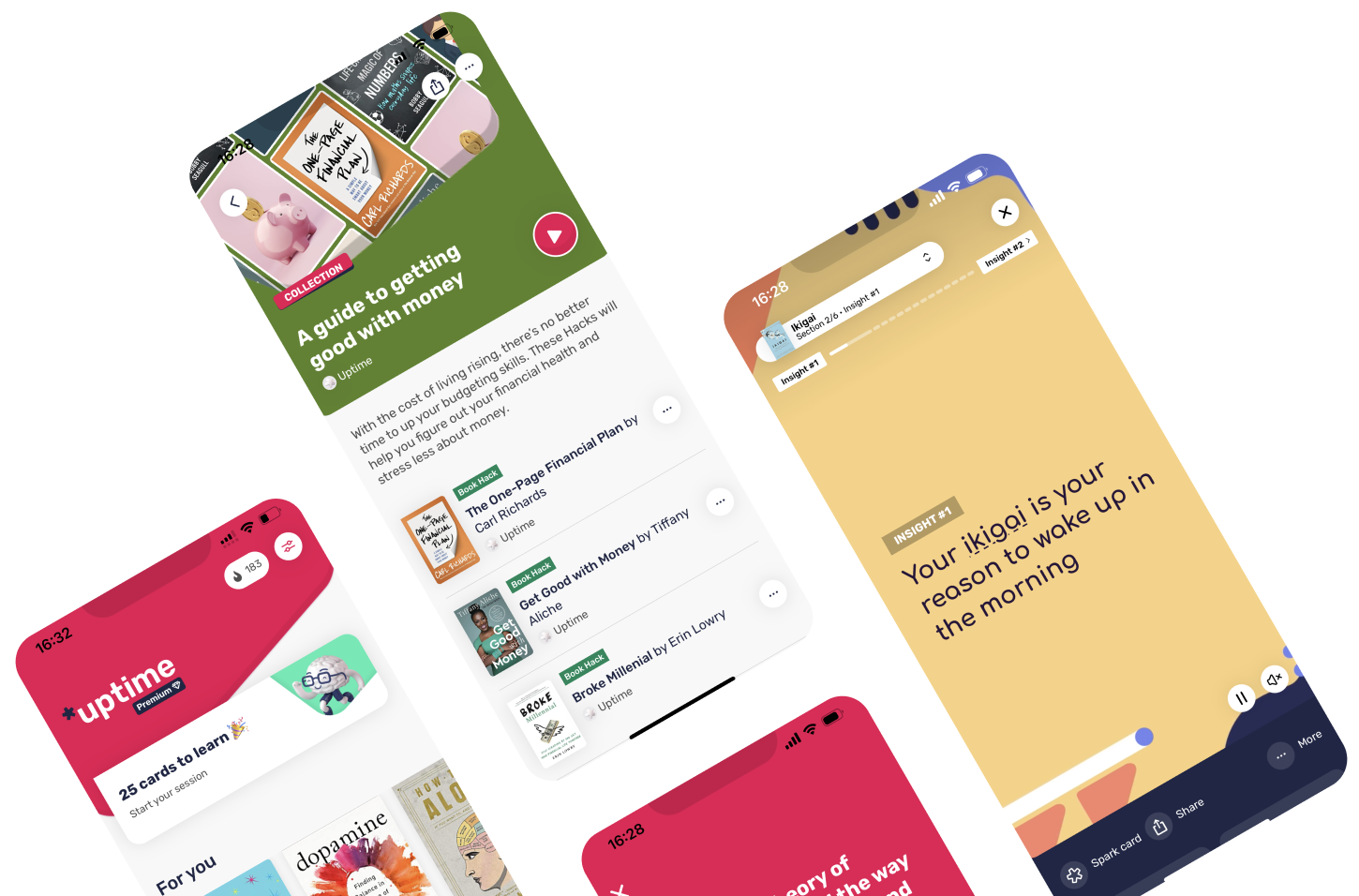Course HackThe World History of Modern WineBy Jennifer Regan-Lefebvre, Trinity College
In a Nutshell
This course from The Open University explores the history of modern wine over the last 300 years, from wooden barrels to stainless-steel tanks.
Favorite Quote
19th-century winemakers saw wine as a scientific experiment, too, and not just as a 'traditional pursuit.'
Jennifer Regan-Lefebvre
Introduction
Your glass of wine has a long history.
Wine has been enjoyed for millennia, with historical evidence pointing to a robust trade across the Mediterranean over 2,000 years ago.
In modern history, wine has developed with the rise and fall of empires.
This course from The Open University explores the technical and scientific advancements in wine production, alongside the historical contexts in which it has been produced.
Jennifer Regan-Lefebvre is an associate professor of history at Trinity College in Connecticut and an expert in modern Britain, the British empire, and its historical wine trade.
In this course, Regan-Lefebvre invites you to think like a historian when considering the modern history of wine.
Here are the 3 key insights from this Hack
- 1.Wine production has developed through scientific innovation
- 2.Lorem ipsum dolor sit amet, consectetur adipiscing elit. Nunc volutpat, leo ut.
- 3.Lorem ipsum dolor sit amet, consectetur adipiscing elit. Nunc volutpat, leo ut.









